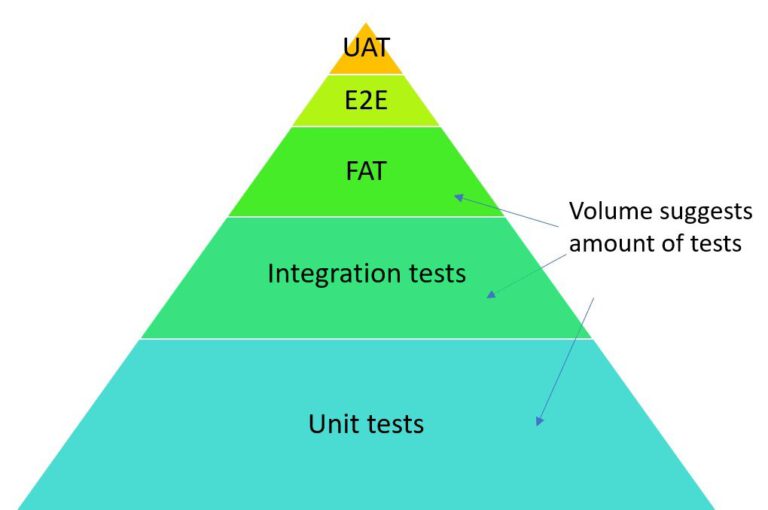Test Driven Development (TDD) Tutorial for Beginners using C#.Net
Software testing is an essential process in software development. It helps ensure the software meets the requirements, functions as expected, and is error-free. However, some developers often overlook or underestimate the importance of testing. This post will discuss the significance of testing, the test pyramid, and Test Driven Development (TDD) to help you understand their role in software development. Finally, we developed a simple application following TDD.
To see the Code example and the implementations, check out my video.
Importance of Testing
Testing is the process of verifying and validating the software against specified requirements. It helps identify software errors, defects, and bugs, allowing developers to fix them before it goes into production. Testing provides confidence that the software will function as expected, meet user needs, and achieve the desired outcomes. It also helps ensure the software is reliable, scalable, maintainable, and secure.
Test Pyramid
The test pyramid is a concept that categorizes tests based on their scope, complexity, and execution time. The pyramid has three to five layers: unit tests, integration tests, functional acceptance tests, end-to-end, and user acceptance tests.

The bottom layer consists of small unit tests in independent and isolated tests that verify the behavior of individual software units. As we climb, the pyramid tests are more about is the application delivers the correct functionality in total or not.
The bellow diagram shows the placement of each level of the test pyramid in the pipeline:

The test pyramid emphasizes the importance of having a solid foundation of unit tests to ensure the software is reliable and easy to maintain. The critical question is how to write the code in a manner we write the smallest testable units.
Test Driven Development (TDD)
Test Driven Development is a software development methodology emphasizes writing tests before writing the code. It involves writing a failing test first, then writing the minimum code required to make the test pass, and then refactoring the code to improve its design and maintainability. TDD ensures the code is testable, modular, and follows best practices. It also helps ensure that the code meets the requirements and that new code doesn’t break existing functionality.

Test are red light KPI
In software development, unit testing is crucial as it involves testing individual units or code components to ensure their correct functioning in isolation. However, solely relying on unit testing as a Key Performance Indicator (KPI) may pose some issues.
While passing unit tests is essential, it does not necessarily ensure the entire system is error-free. There may be bugs or problems that only become apparent when the components are integrated and interacting. Thus, relying solely on unit testing is not enough to guarantee a software system’s overall quality and functionality.
It is crucial to keep in mind that writing unit tests that are incomplete or ineffective might fail to detect specific bugs or issues. As a result, despite all unit tests passing, there is still a possibility of undiscovered issues in the code, which may lead to a false sense of security and confidence.
Unit testing is undoubtedly crucial for software development, but it cannot be the only factor used to measure the quality and functionality of a system. To ensure a thorough evaluation of a system’s quality, it is essential to employ other testing methods, like integration testing and end-to-end testing.
Source code:
https://github.com/foadalavi/Test-Foundation-playlist/tree/main/TDD_Demo
